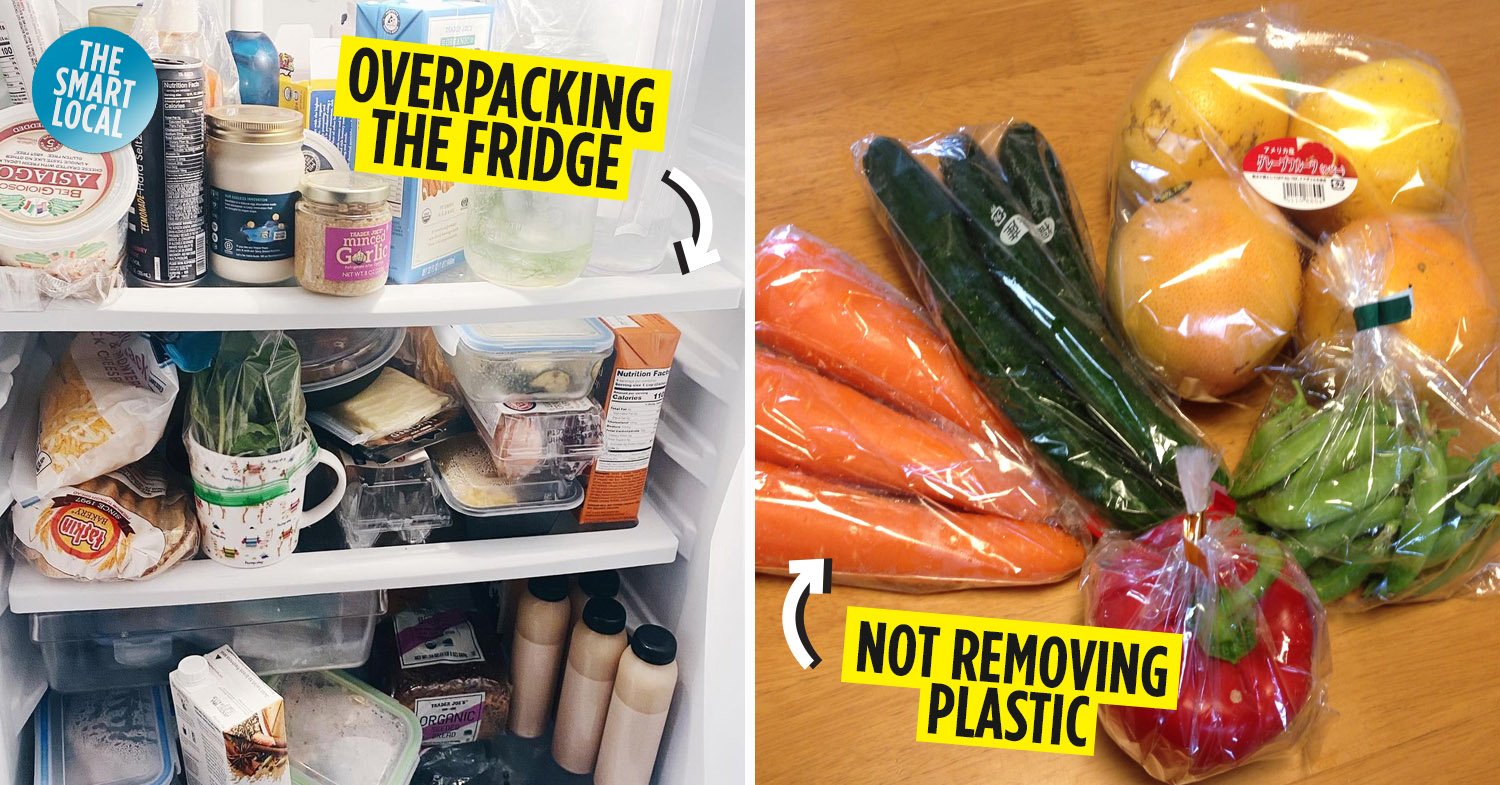Food storage mistakes
Being mostly homebound during this period has blessed us with time we wouldn’t have had otherwise to become cleaning and decluttering connoisseurs. And while it’s great to dust off long-forgotten drawers, shelves, and closets, many of us neglect to give our refrigerators the same TLC.
Careless storage of food in our fridges can lead to early spoilage, food contamination and worst of all, mould. So here are 10 common food storage mistakes to help you reorganise your fridge and help you keep your produce fresher for longer:
Check out our other household guides here:
- Common mistakes when choosing fresh meat, vegetables & dairy products
- Common kitchen mistakes only rookie cooks make
- Common allergens in homes and how to get rid of them
1. Improper storage of vegetables
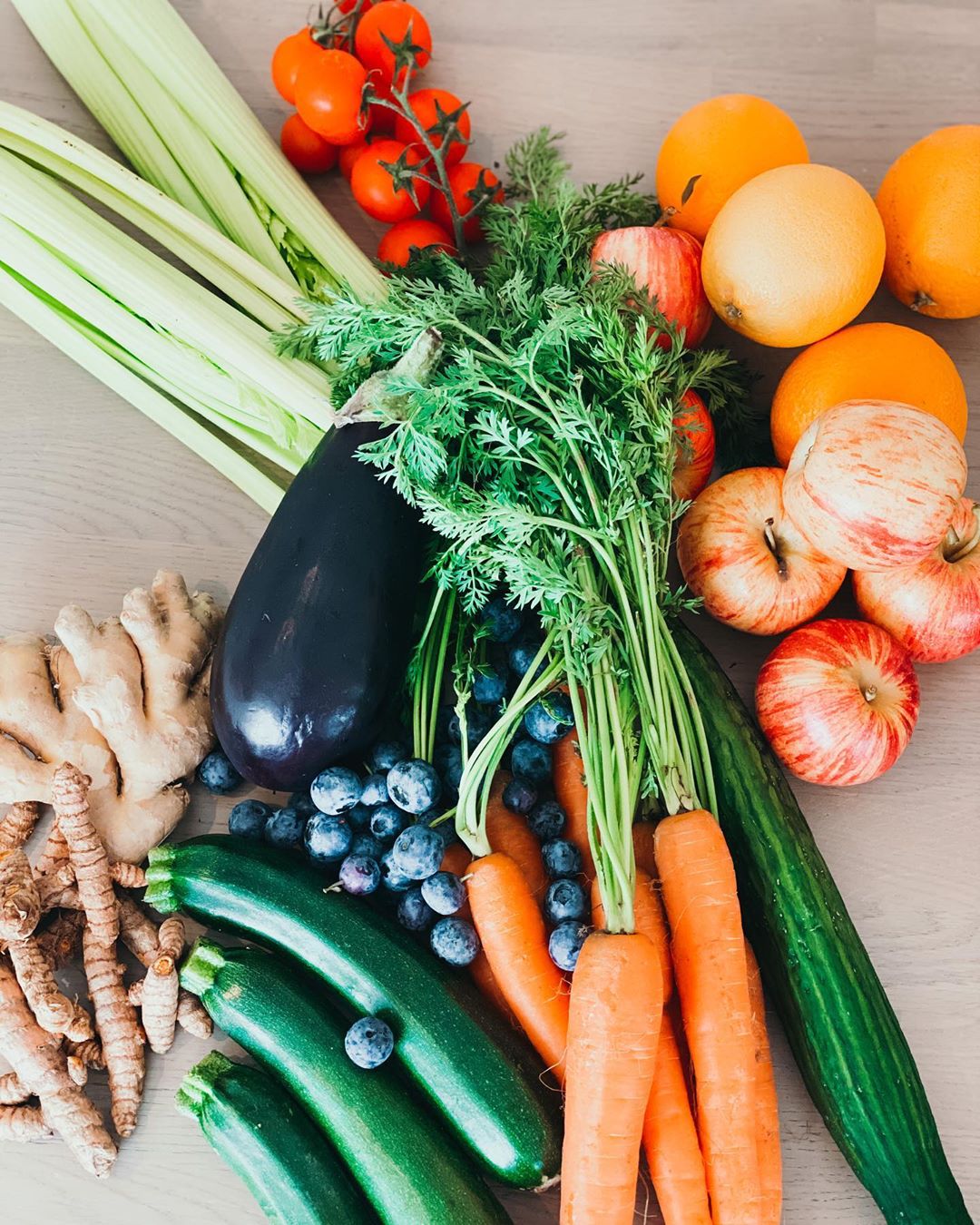
Image credit: @our_simple_living_home
After a grocery run, most of us are guilty of just chucking all fresh produce in that one drawer in the fridge without bothering to remove them from their plastic wrap or original packaging. But this isn’t the best for all kinds of fresh produce as those thin grocery store plastic bags reduce air circulation and can cause some vegetables to spoil at a quicker pace.
For non-leafy vegetables:
Carrots, beets, turnips and other non-leafy veggies can be left in their original packaging. On the other hand, mushrooms, which are technically not vegetables, should be repackaged in a paper bag.
For leafy vegetables:
Veggies like kale and spinach should be rinsed, dried completely and stored in another container or unsealed ziploc bag with a paper towel to absorb moisture.
2. Not rinsing berries in vinegar before refrigerating
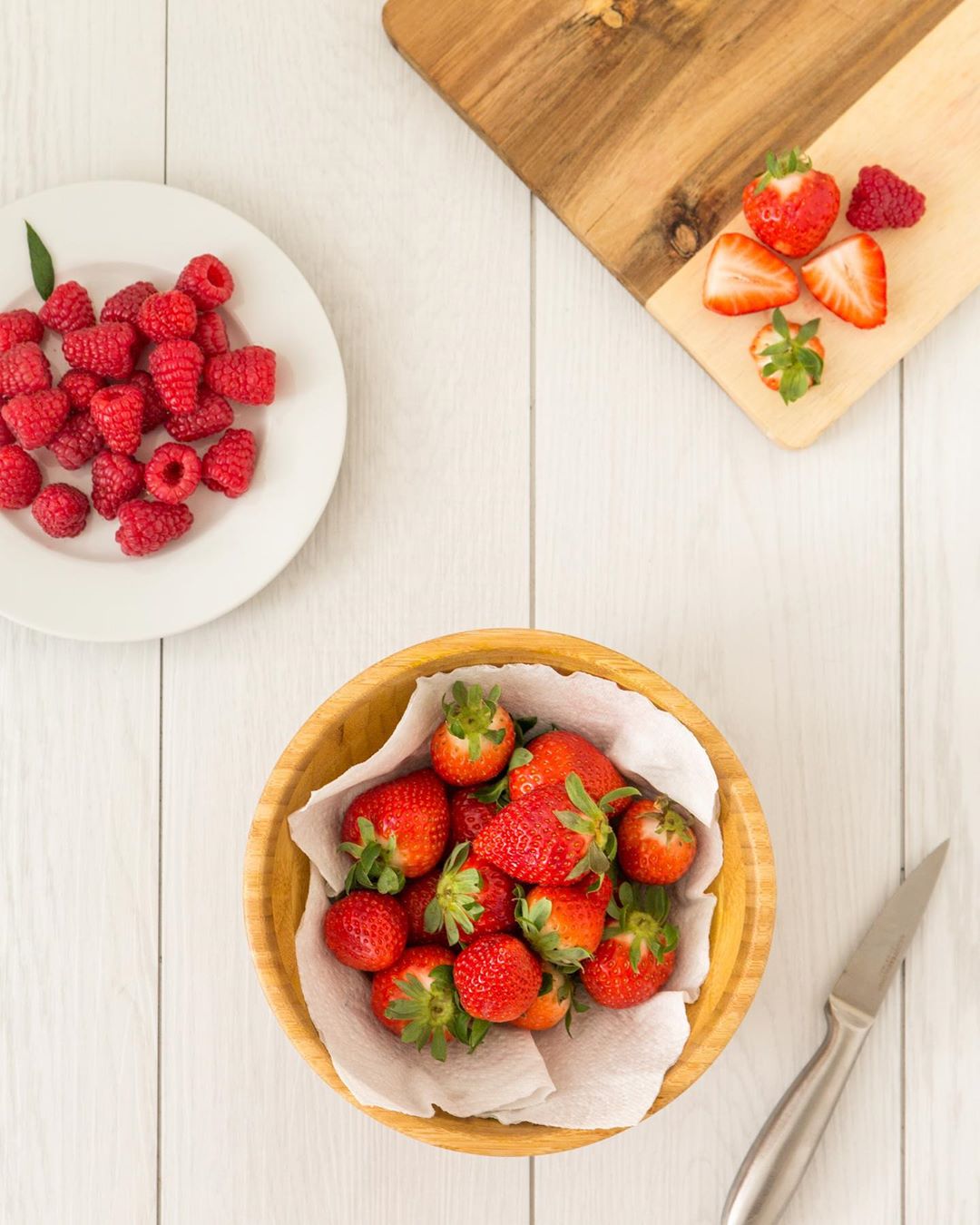
Image credit: @bousquet.stella
Speaking of rinsing, berries are another food item that have to be rinsed before being refrigerated. This extra step can seem a little mafan but berries in Singapore don’t come cheap, so don’t risk skipping the rinse only to have your berries grow unsightly mould overnight.
Just take note that pre-storage vinegar rinse should only be done for backyard berries like strawberries, blackberries, and huckleberries. For other berries like raspberries and grapes, you can just give them a quick water rinse before consumption.
Rinsing or soaking with water or a vinegar solution will help remove unwanted bacteria and dirt and make your berries last longer. Make sure to dry them completely and line the storage container with a paper towel to absorb moisture.
3. Overpacking the fridge
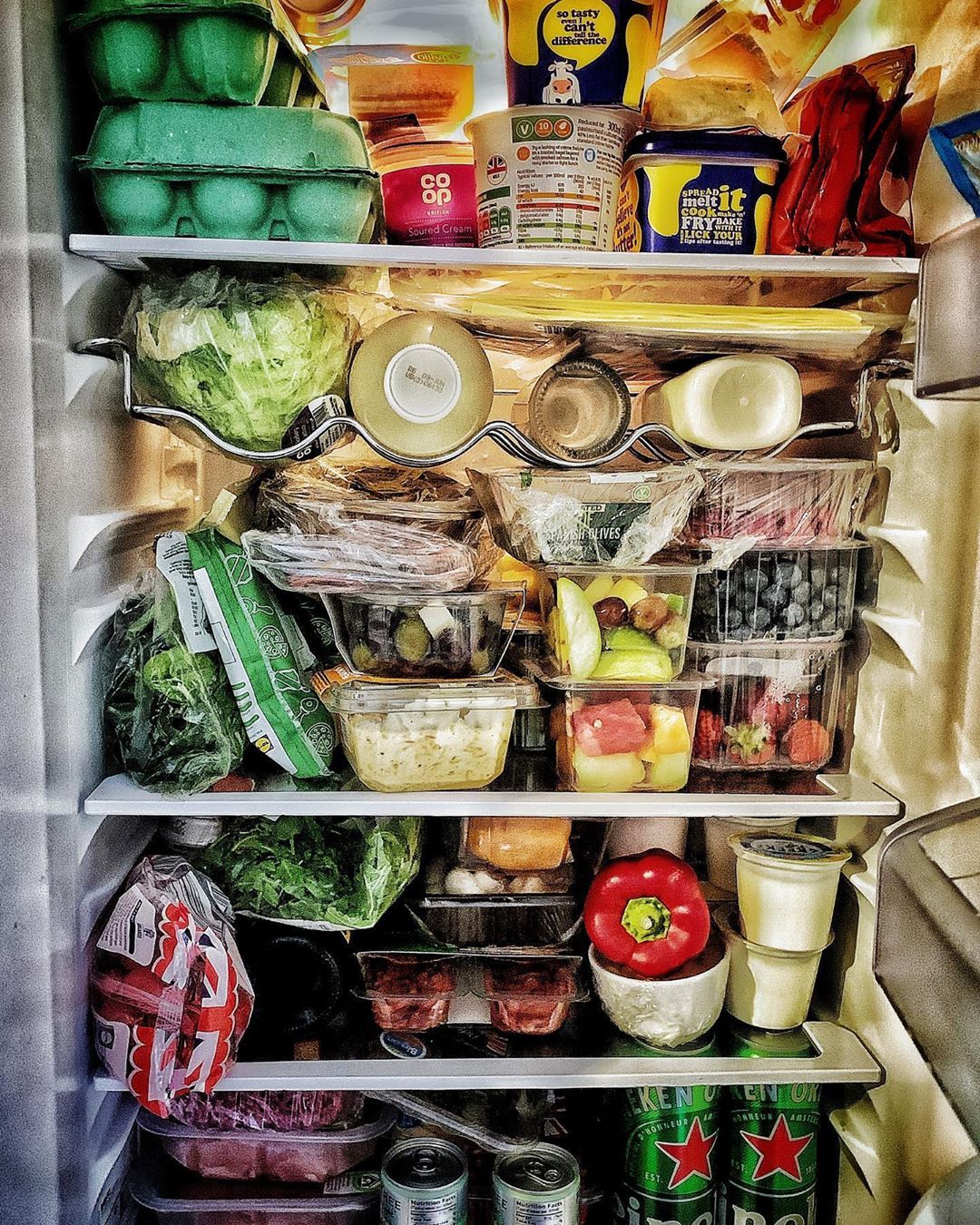
Image credit: @connanuk
With eating out being outta the question during Phase 2’s Heightened Alert, many of us might turn to home-cooked food instead of non-stop dabao-ing. As a result, our refrigerators probably look like the one above, especially after a grocery run. While it’s a good idea to stock up to avoid grocery shopping too frequently, overpacking the fridge can shorten the lifespan of food since there’s insufficient space for cool air to circulate.
Tips for space: Repack in smaller containers whenever possible, finish leftovers in a day or two, and do frequent sweeps to ensure nothing is rotting quietly in the back.
4. Storing food on the wrong shelves
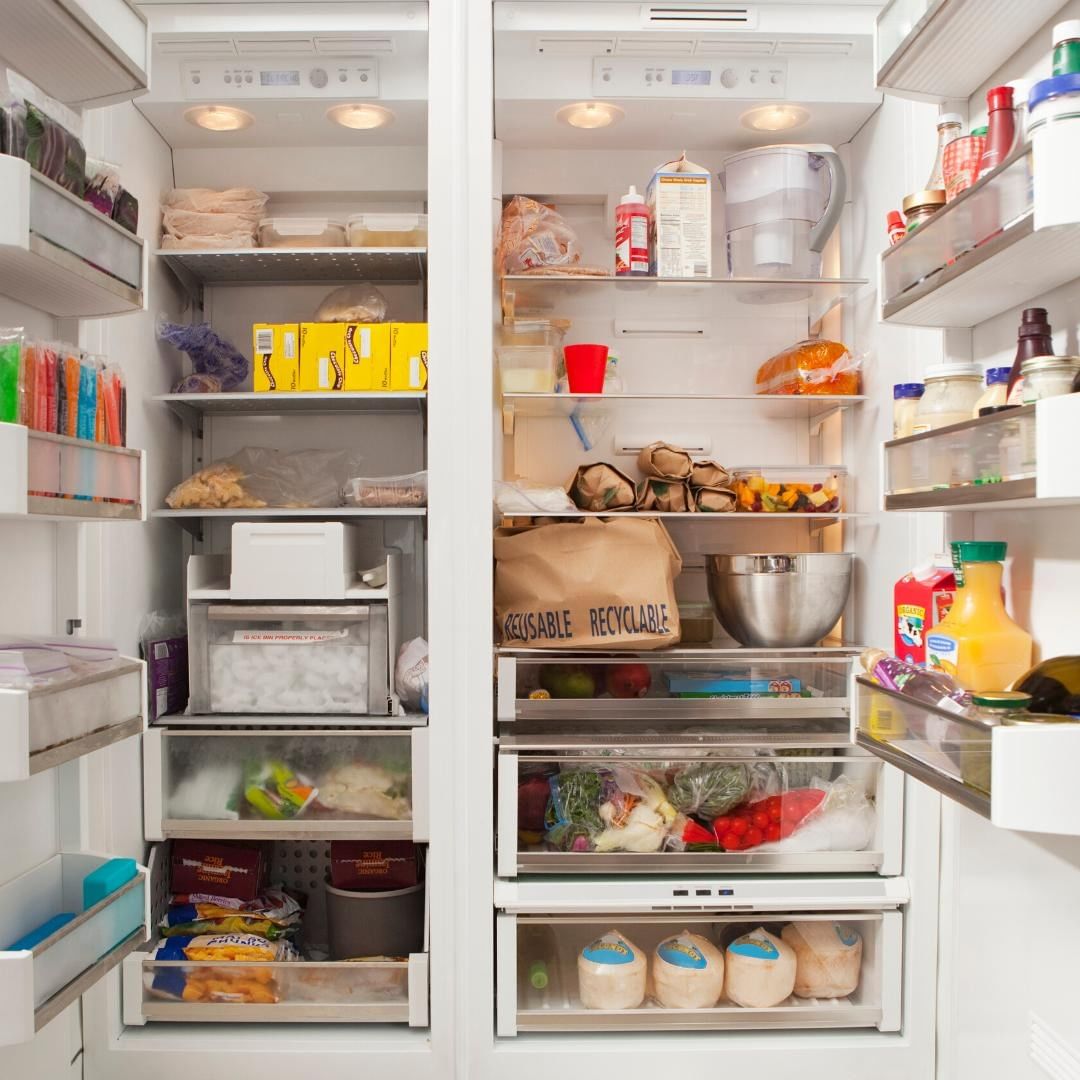
Image credit: @pristinecleaningdenver
Besides making sure the fridge isn’t filled to the brim with food, we should also avoid just putting food wherever there’s space. Random placement of food can lead to food waste and early spoilage, so it’s important to follow some rules to make sure our food lasts as long as possible.
First of all, highly perishable items like eggs and milk should never be placed on the door shelves since the temperature fluctuates here the most. You can place condiments and other drinks there instead like soda.
Place ready-to-eat or shorter shelf life items like yoghurt and cheese on the top shelf and meats on the lower shelves if you’re not intent on freezing them. A general hygiene tip is to place all meats on a tray or at least a paper towel to prevent any juices from leaking and dripping onto other food.
Tip: Take a page out of the supermarket’s book – implement the first-in-first-out (FIFO) rule where newest items are at the back while faster-expiring ones and leftovers are in front.
5. Not covering leftovers before refrigerating
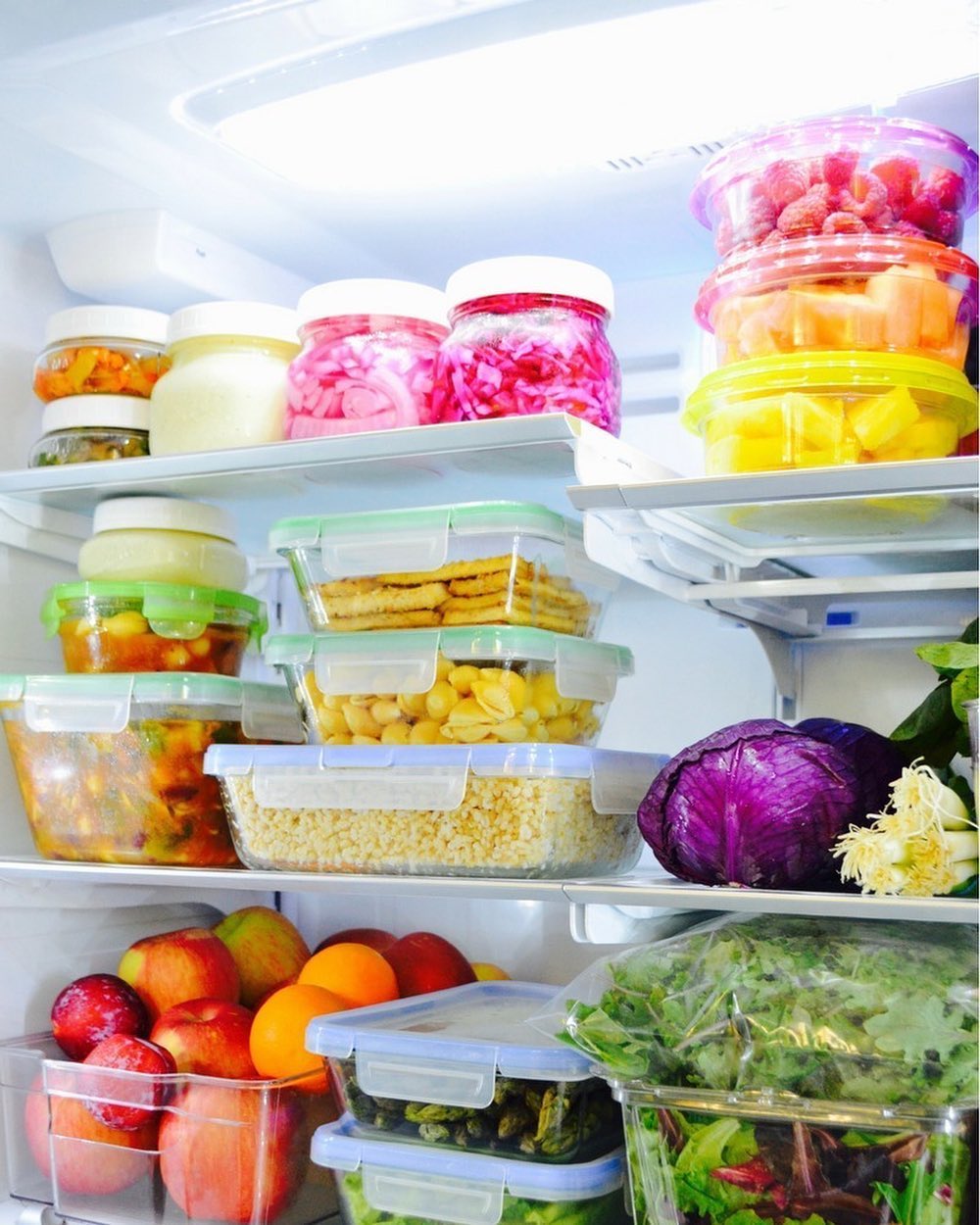
Image credit: @cinnamon.barkk
Storing leftovers instead of tossing them is a great way to save a quick buck for your next meal. However, these future meals need to be packed correctly to prevent them from swimming in bacteria by the time you get round to eating them. Plus, if left uncovered, leftovers can increase the chances of other food in the fridge spoiling too.
One way to avoid this is to ensure that all food is sealed in containers or cling wrapped before storage.
6. Not allowing food to cool before refrigerating
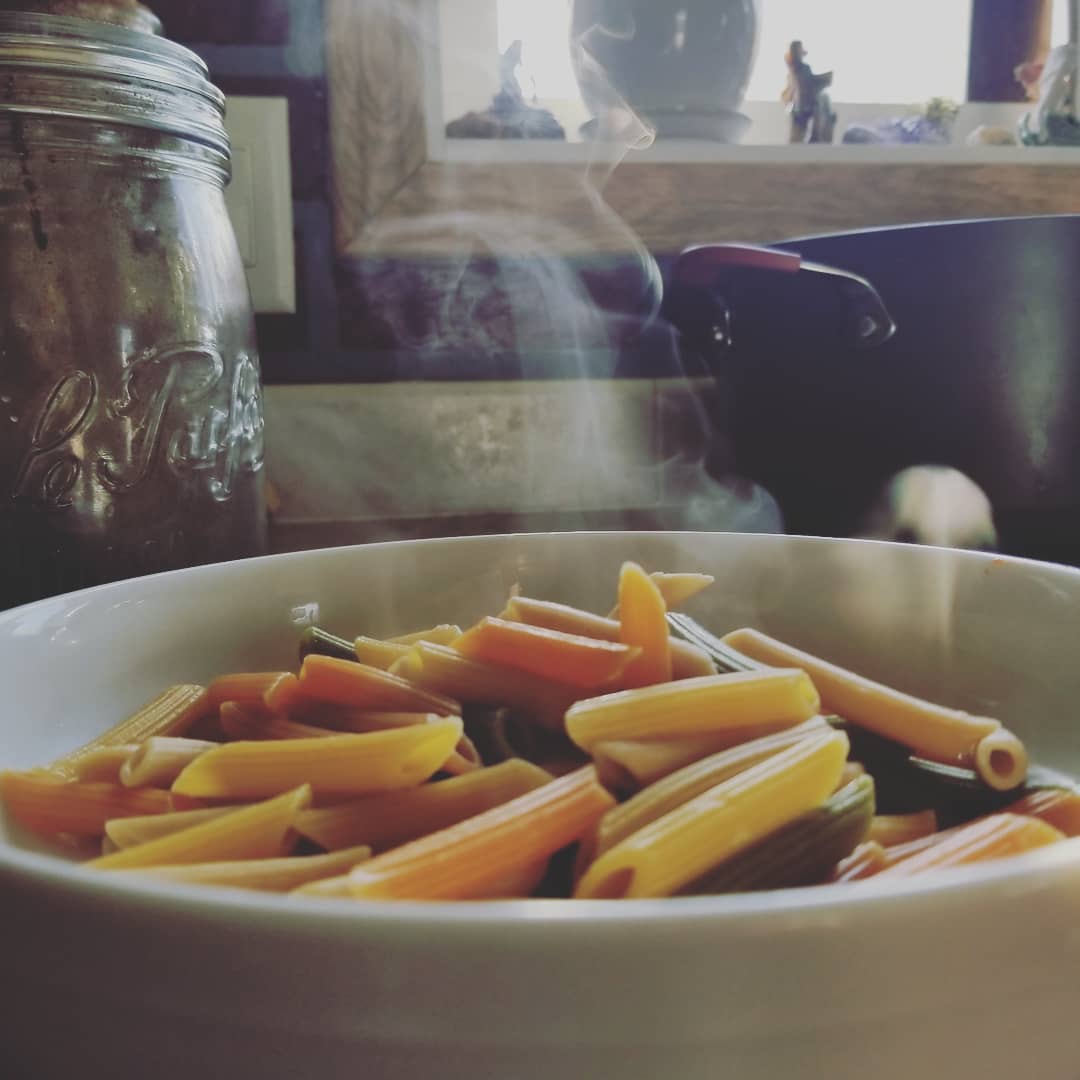
Image credit: @kinda_witchie
This doesn’t seem like a big issue since refrigerators are built to cool things down, but placing steaming food in the fridge can quickly up the temperature and moisture in the fridge. Your trusty cooling apparatus will have to work harder to bring the temperature down, consuming more electricity and therefore more of your money.
A good rule of thumb is to let cooked food cool at room temperature until it’s not steaming anymore before storing in a covered container.
7. Not knowing which produce to refrigerate
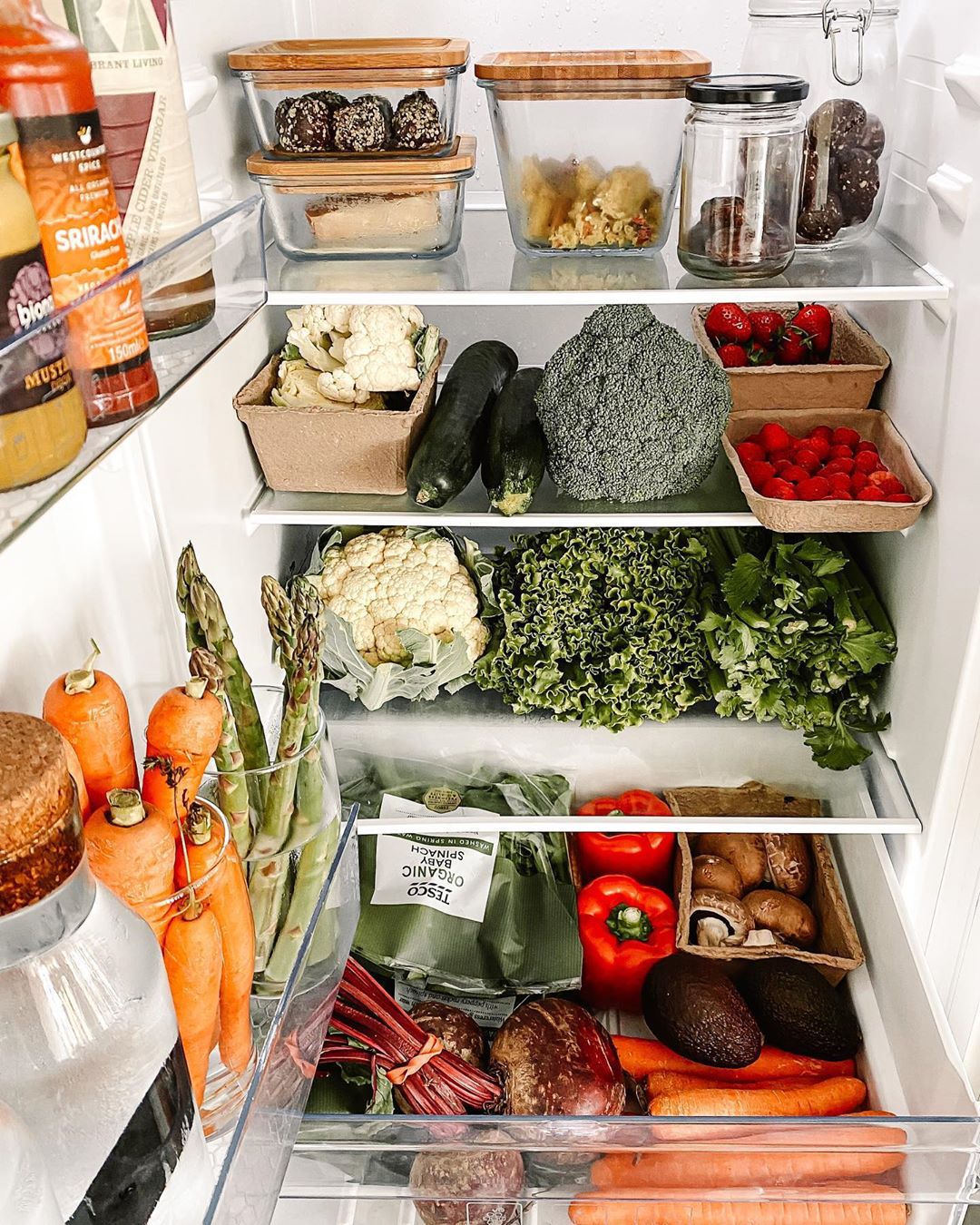
Image credit: @our_simple_living_home
Besides the misconception that all fresh produce can be stored the same way, most of us don’t think twice about putting everything away in the fridge. But to all my fellow kitchen noobs, some fruits will not ripen properly when refrigerated while other produce will spoil faster. Here’s a quick guide you can follow:
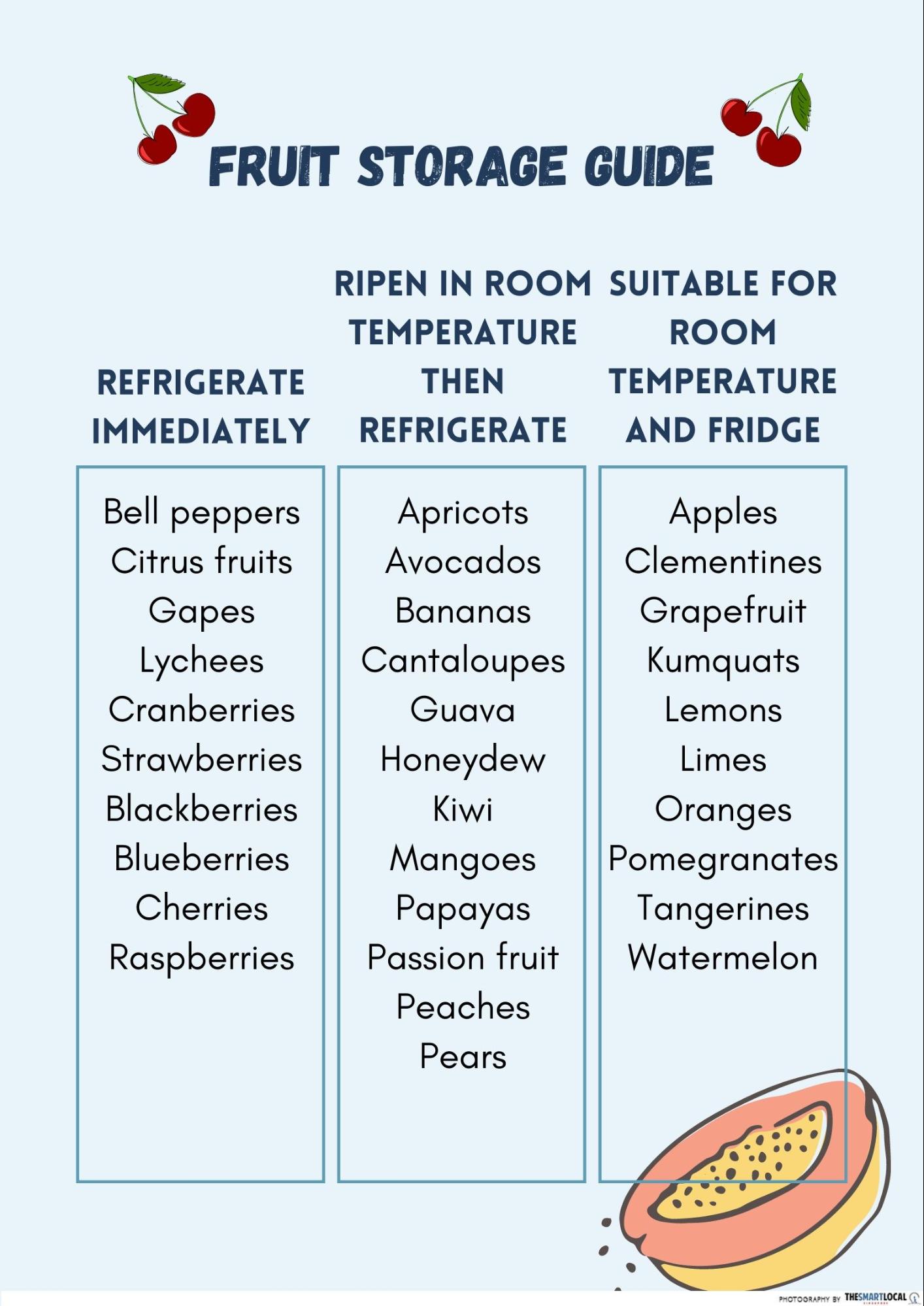
Beyond this, produce like potatoes, garlic and onions shouldn’t be refrigerated. Just store them in a cool, dry place and not in a plastic bag.
8. Storing certain fruits and vegetables together
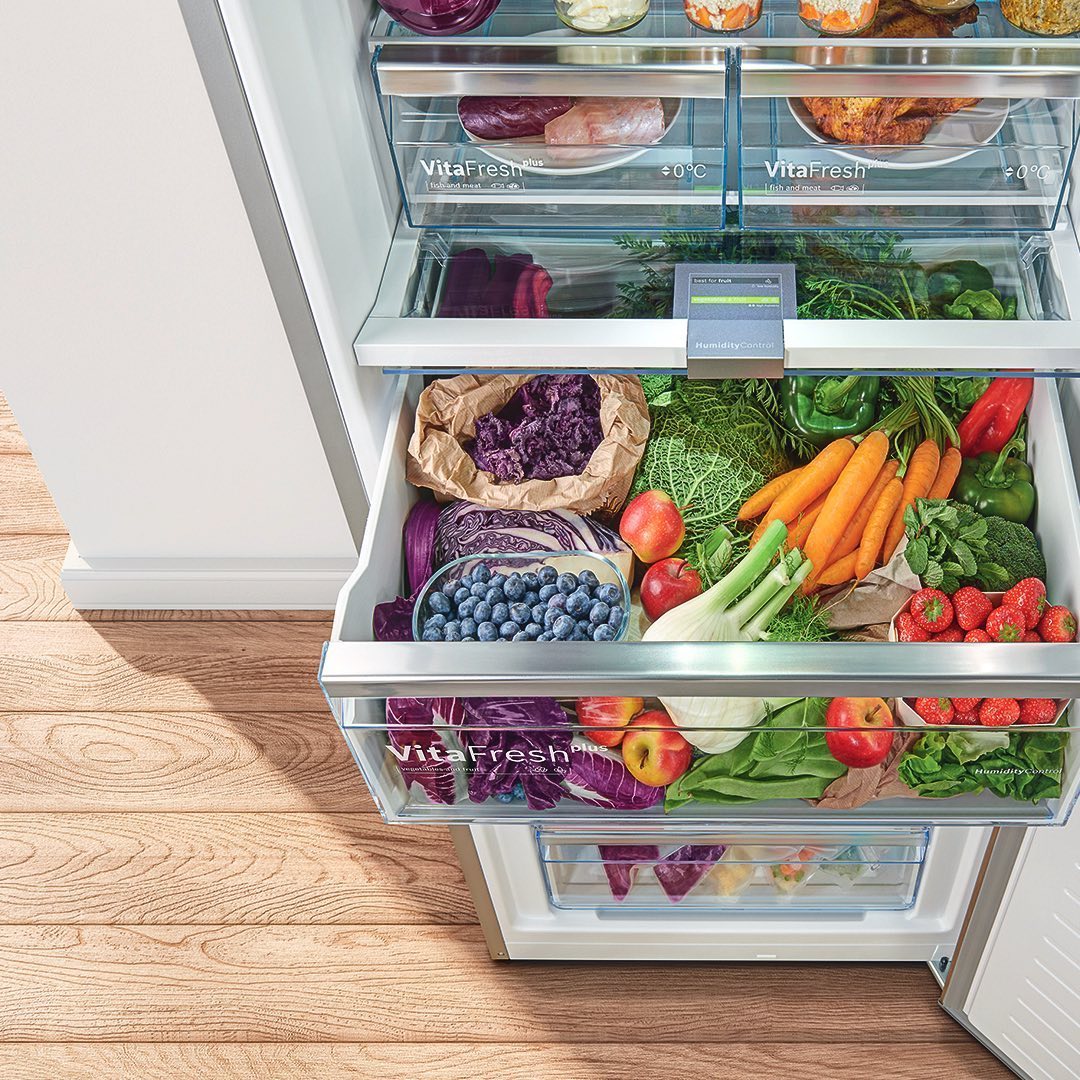
Image credit: @boschhomemorocco
Most of our refrigerators have a fresh produce drawer at the bottom. And in the interest of space, we often mix fruits and vegetables in that same drawer. This is one of the lesser-known culprits that can shorten the lifespan of our produce.
Some fruits like apples, avocados, bananas, pears and tomatoes produce a gas called ethylene which accelerates ripening of other ethylene-sensitive produce around it. In the case of veggies, this means wilting and spoilage so it’s best to keep fruits and vegetables apart in separate drawers or have a divider in between their shelves.
9. Not labelling food
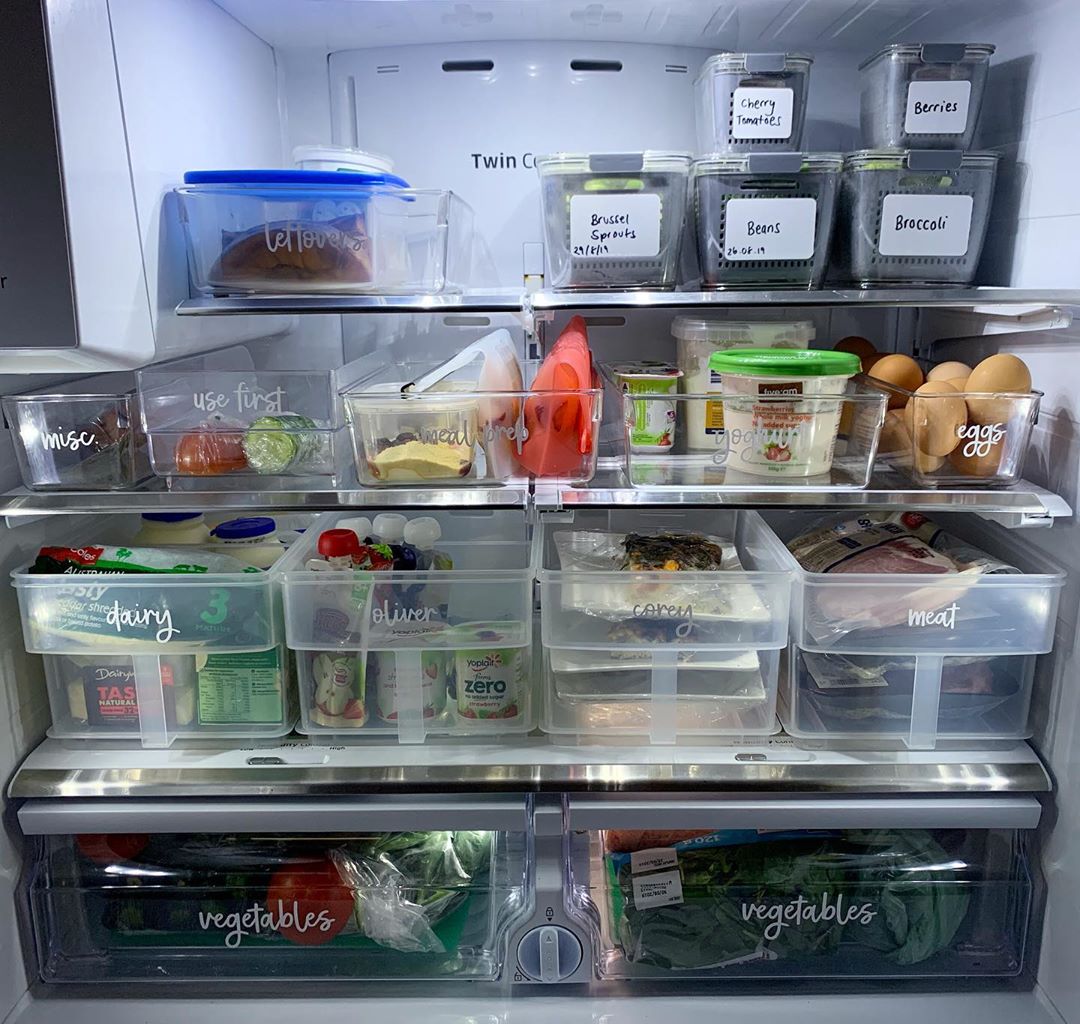
Image credit: @lifestylelabels
Labelling isn’t a common practice but it can be hella useful especially if you have the habit of repackaging food into your own containers. They’ll serve as a reminder of when to consume food so you can avoid eating expired food and risk getting food poisoning.
You can label containers with a purchase, use by or best by date so you’ll know when you have to clear that item out from your fridge. For other food items like leftovers, label with a cooked date or eat-by date.
It can get a little tedious, but doing this can save you a lot of money in the long run and prevent food wastage. It’ll also be easier to do stock checks or sweeps of your fridge for expired items so you don’t have nasties lurking around in your fridge.
10. Not setting the right temperature for your fridge

Image credit: @mrdarcysaunt
If you think about it, refrigerators are like air conditioners for your food. And just like how we prefer certain temperatures to be comfortable, food should also be stored at a specific temperature range for optimal storage and to slow bacterial growth.
Always check to make sure your fridge’s main compartment temperature is optimally between 1-4°C, while the freezer should be at -18°C.
Common food storage mistakes
Proper food storage isn’t something we carefully think about enough, and there’s a lot more we can do to improve how we refrigerate our food and increase their shelf life.
Make sure to include organising your fridge along with your other cleaning agendas to correct some of these common food storage mistakes.
Check out our other common mistakes articles here:
- Mistakes first-time parents make and how to correct them
- Hair washing mistakes
- French words most mispronounced by Singaporeans
- Mispronounced brand names
Originally published on 25th June 2020. Last updated by Ra Krishnan on 18th May 2021.
Cover image adapted from (L-R): @toneoftaylor, Nihonglish
